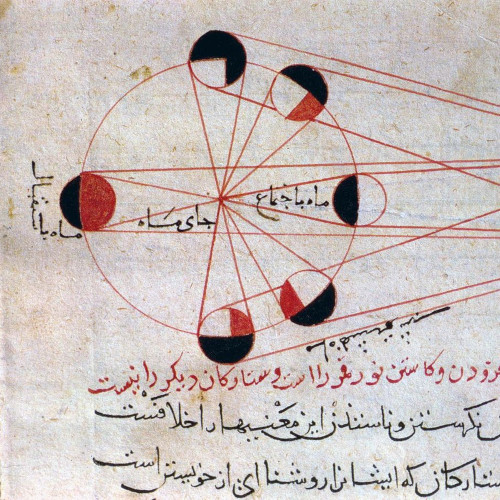Astronomy is the study of stars and other celestial bodies, their composition, appearance, positions and movements.
Astronomy in Central Asia was of key importance for spiritual concerns as well as practical ones. This included not only the vital task of identifying the direction of Mecca, but for astrological studies as well. Reading the stars had been a practice since time immemorial, but the importance of astrology in this period was linked in part to the dissemination of Platonic ideas.
Regardless of their motivations, the contributions of Central Asian scholars to astronomy are impressive. Central Asian astronomers invented or improved a number of astronomical instruments including the astrolabe, sextant and quadrants. Given the importance of astronomical matters to the state, during the medieval period Central Asian rulers also constructed several vast observatories. These state-of-the-art institutions allowed Central Asian astronomers to calculate, among other things, the length of the year, the tilt of earth's axis, the frequency of eclipses, the distance from earth to the moon and the elliptical orbits of the planets. Other discoveries included the true nature of the Milky Way as a belt of distant stars, a conclusion reached by Al-Tusi in the 13th century, almost 300 years before Galileo proposed the same theory in the West.
Scholars Who Studied Astronomy
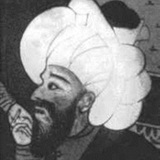 Ali Qushji
Ali Qushji
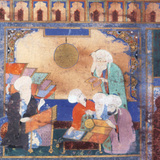 al-Tusi
al-Tusi
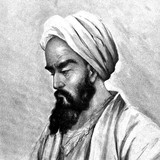 Al-Razi
Al-Razi
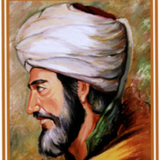 Al-Sijzi
Al-Sijzi

